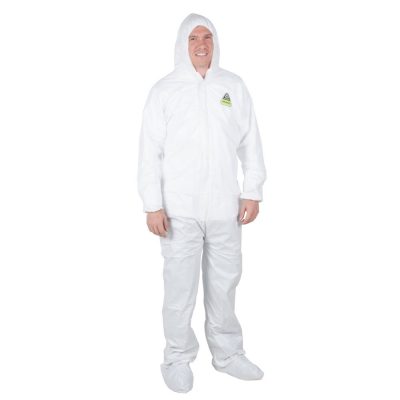Reflective clothing we often see on traffic police and sanitation workers. Its function is mainly to reflect the light of the car headlights back in the original direction in rainy and foggy weather or at night, and play a role of warning and protection. Reflective clothing has such a magical effect and has a lot to do with the composition of reflective fabrics. Today I will introduce you to several reflective fabrics.
Pu bright reflective fabric is gray, its glass beads are not aluminized, and the reflective brightness is generally 5 (cd/lx.m2) -20
(cd/lx.m2), the washing standard is not required, and it is suitable for sewing in protective products that do not require high reflective brightness. The high-gloss reflective fabric is silver-gray during the day, and the aluminized glass beads on the surface can be clearly seen, and the reflective brightness is 250
(cd/lx.m2) to 420
(cd/lx.m2), wash more than 15-25 times (ISO6330). It is suitable for sewing in protective products with certain requirements. For example, various reflective vests and other light fabrics. Bright silver reflective fabrics are shown as metallic silver during the day, using aluminized glass beads, reflective brightness greater than 420 (cd/lx.m2), washing greater than 50-100 times (ISO6330), dry cleaning greater than 50 times (ISO6330), industrial washing greater than 50 times (ISO6330). It is suitable for sewing on protective products with high reflective brightness and high washing resistance requirements, such as high-quality reflective vests or reflective raincoats.
In addition to reflective fabrics, conventional reflective materials include reflective thermal film, reflective flame-retardant fabric, reflective elastic fabric, soft fabric reflective fabric, etc.
chemical fiber reflective fabric uses 100% chemical fiber as the base fabric, and is composed of wide-angle and exposed high-refractive-index glass microbeads glued to the fabric pad. The TC reflective fabric uses 70% polyester and 30% cotton as the base fabric, and is composed of wide-angle and exposed high-refractive-index glass microbeads glued to the fabric pad. Chemical fiber reflective fabrics are lighter and thinner than TC reflective fabrics. Some reflective thermal films use PES as the base material, a reflective material formed by wide-angle and exposed retrorefracting glass beads adhered to hot melt adhesive. It is a flexible and multifunctional product, suitable for sports and leisure. It can also be used on outdoor lamp clothing, and can also be made into piping, badges, computer-engraved into various graphics, silk screen logos, etc. The surface of the reflective flame-retardant cloth is composed of wide-angle, exposed high-refractive glass microbeads, which are adhered to the durable cotton back shirt, which has high flame-retardant and heat resistance. It is suitable for the protection of fire fighting, petroleum and petrochemical, electric power and other operational fields. Reflective elastic cloth uses polyester or nylon as the base material, divided into single-sided elasticity and double-sided elasticity, and has a certain degree of ductility. It is suitable for all kinds of garment surfaces with elastic fabrics. In addition to sewing, it can also be processed by high-frequency pressure welding. The base material of the soft fabric type reflective cloth is not spun with nylon silk, and it has a soft hand feeling and can be directly used as a clothing fabric.






















